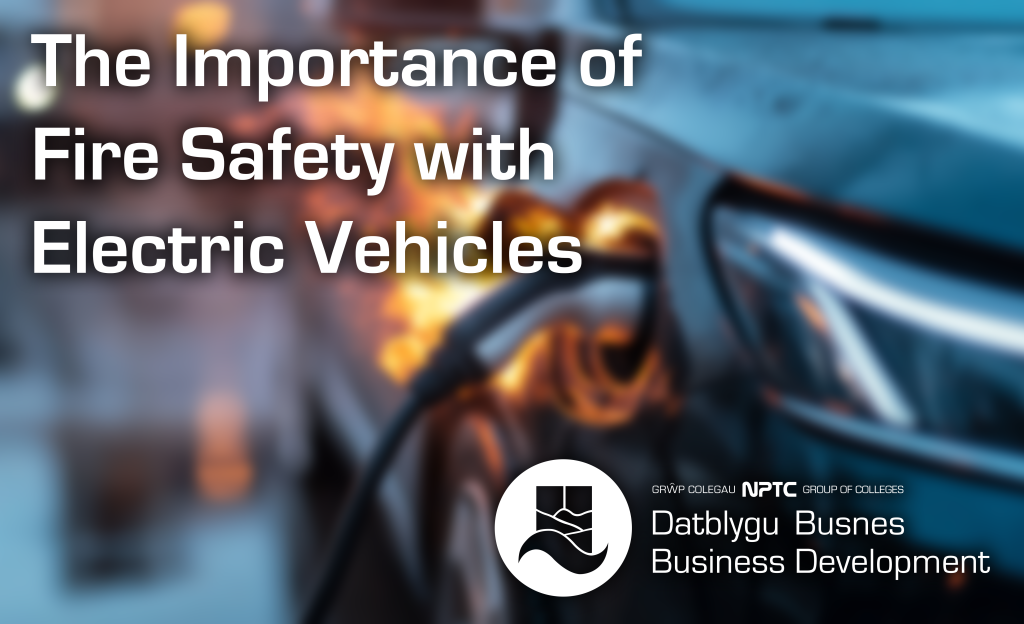
As electric vehicles (EVs) become increasingly prevalent, understanding the associated fire safety considerations is essential for both users and the wider community. While EVs offer numerous environmental benefits, they also present unique challenges, particularly concerning fire risks associated with lithium-ion batteries.
Understanding the Risks
EVs are predominantly powered by rechargeable lithium-ion batteries. These batteries, while efficient, can pose fire hazards if damaged, improperly charged, or exposed to extreme conditions. Such situations can lead to “thermal runaway,” a reaction causing intense heat and potentially leading to fires. Notably, during an EV fire, over 100 organic chemicals can be released, including toxic gases like carbon monoxide and hydrogen cyanide, which are hazardous to human health.
Charging Infrastructure and Safety
The rapid adoption of EVs necessitates the expansion of charging infrastructure. However, installing EV charging points (EVCPs) requires careful consideration of fire safety. Unlike standard electrical outlets, EVCPs must account for the high energy demands and potential risks associated with EV charging. Proper installation, regular maintenance, and adherence to safety standards are crucial to mitigate fire hazards.
Personal Electric Transport Devices
Beyond cars, the popularity of electric-powered personal vehicles (EPPVs) such as e-bikes and e-scooters has surged. These devices often utilise lithium-ion batteries, which, if faulty or damaged, can lead to fires. The London Fire Brigade has observed a significant increase in incidents involving EPPVs, highlighting the need for proper storage, charging practices, and awareness of associated risks.
Best Practices for EV and EPPV Users
To enhance fire safety, users should consider the following recommendations:
- Use Certified Equipment: Always utilise chargers and batteries approved by reputable standards organisations to ensure compatibility and safety.
- Regular Inspections: Periodically inspect batteries and charging equipment for signs of wear, damage, or defects.
- Safe Charging Locations: Charge vehicles and devices in well-ventilated areas away from flammable materials. Avoid charging in confined spaces where heat build up can occur.
- Adhere to Manufacturer Guidelines: Follow the manufacturer’s instructions for charging durations and procedures to prevent overcharging or overheating.
- Stay Informed: Keep abreast of the latest safety guidelines and reports from reputable sources to ensure best practices are followed.
Get the Right Training for Fire Safety and Electric Vehicles
While electric vehicles and personal electric transport devices offer substantial benefits, it’s imperative to recognise and address the unique fire safety challenges they present. Understanding fire safety and best practices for electric vehicles is crucial for both individuals and businesses. To ensure you’re equipped with the right knowledge and skills, NPTC Group of Colleges offers specialised training courses:
- Fire Marshal Training – Learn essential fire prevention and emergency response techniques.
- Design & Installation of EV Charging Points – Ideal for electricians looking to safely install and maintain EV charging stations.
- Level 2 Award in Electric & Hybrid Vehicle Repair – Gain hands-on skills for working with electric and hybrid vehicles.
Invest in safety and expertise, enquire today and stay ahead in the evolving world of electric vehicle technology!


